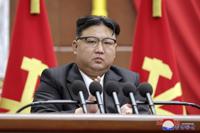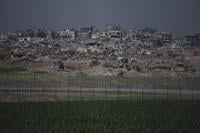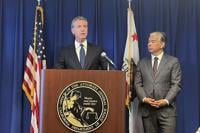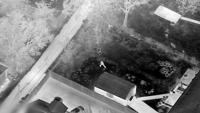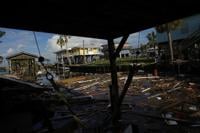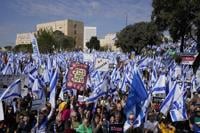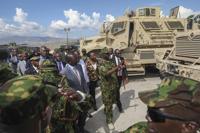SEOUL, South Korea (AP) — North Korea conducted a new round of artillery drills near the disputed sea boundary with South Korea on Saturday, officials in Seoul said, a day after the North’s similar exercises prompted South Korea to respond with its own firing drills in the same area.
The North’s back-to-back firing exercises come after repeatedly called for stronger war readiness to cope with what he called deepening confrontation led by the U.S.
Experts say North Korea is likely to continue its provocative run of weapons tests to boost its leverage in potential future negotiations with Washington as the U.S. heads into November elections.
South Korea’s Joint Chiefs of Staff said in a statement that the North fired more than 60 rounds into the waters north of the western sea boundary on Saturday afternoon.
The joint chiefs said South Korea strongly urges North Korea to halt acts that heighten tensions. It said it will take corresponding military steps if North Korea continues artillery drills that pose a threat to South Korean nationals.
The statement didn’t say whether South Korea would respond with its own drills. South Korean media reported the South didn't stage firing exercises, after determining the direction of North Korean shells fired Saturday was less provocative than Friday.
The Koreas’ firing exercises were a violation of a 2018 inter-Korean agreement that was meant to ease front-line military tensions. Struck during a brief period of rapprochement, the accord calls for a halt in live-fire exercises and aerial surveillance in front-line buffer and no-fly zones. But rising animosities over the North’s first military spy satellite launch in November has left the military agreement in tatters, with both Koreas taking steps to breach the deal.
On Friday, , also north of the sea boundary, in its first maritime firing exercise in the buffer zone in about a year.
In response, South Korea’s Defense Ministry said troops on two border islands fired artillery rounds south of the sea boundary. Local media said South Korea fired 400 rounds.
Ahead of the South Korean drills, South Korean authorities asked residents on five major islands near the sea boundary to evacuate to safe places due to worries that North Korea would fire back. The evacuation order was lifted a few hours later.
North Korea’s military said later Friday that its drills were in response to South Korea’s military training earlier in the week. It warned that North Korea will launch “tough counteraction on an unprecedented level” if South Korea engages in provocations.
The Koreas’ poorly marked western sea boundary was the site of bloody naval skirmishes between the Koreas in 1999, 2002 and 2009. The North’s alleged torpedoing of a South Korean warship killed 46 South Korean sailors in March 2010, and the North’s artillery bombardment of Yeonpyeong Island killed four South Koreans in November 2010.
In a recent , Kim fired off fierce, derisive rhetoric against South Korea, saying South Korea must not be considered as a partner for reconciliation or unification. He ordered the military to use all available means — including nuclear weapons — to conquer South Korea in the event of a conflict.
Since 2022, North Korea has conducted more than 100 missile tests, many of them nuclear-capable weapons targeting the U.S. mainland and South Korea. The U.S. and South Korea have responded by expanding their military training, which North Korea calls an invasion rehearsal.


